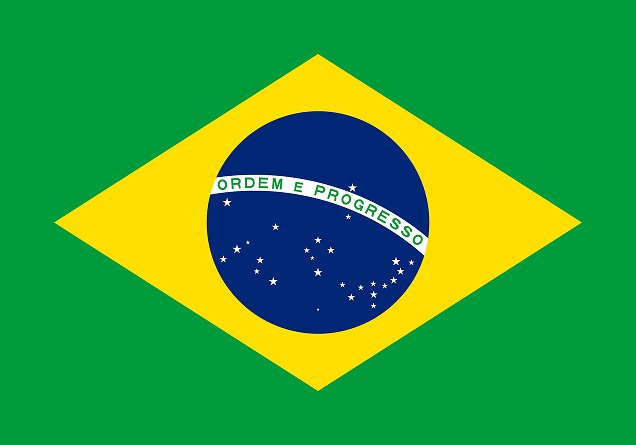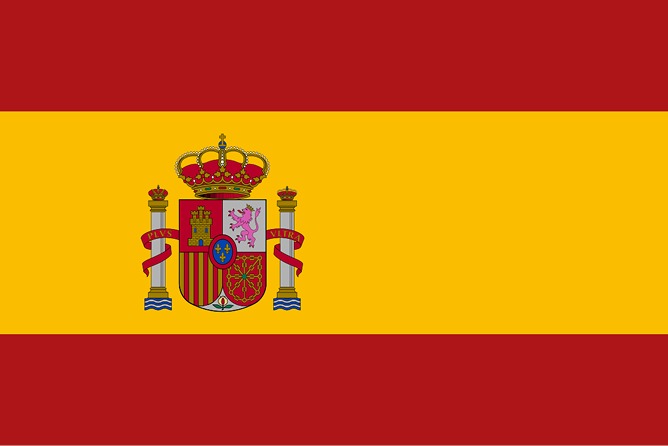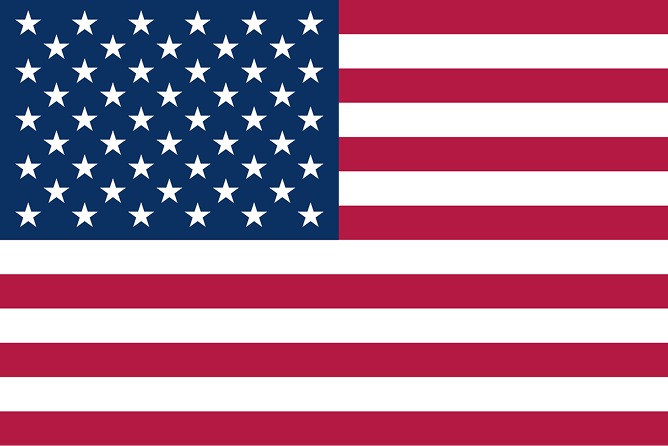Não conseguimos encontrar a internet
Tentando reconectar
Algo deu errado!
Aguarde enquanto voltamos ao normal

The beef supply chain continues to contribute to deforestation in the Amazon
23/11/23| Title | The beef supply chain continues to contribute to deforestation in the Amazon |
|---|---|
| Authors | Paulo Barreto Ritaumaria Pereira Arthur José da Silva Rocha Camila Trigueiro |
| Authors’ links | Instituto do Homem e Meio Ambiente da Amazônia (Imazon) |
| Date of publication | 22 de novembro de 2023 |
| Publisher | Instituto do Homem e Meio Ambiente da Amazônia (Imazon) – Belém/PA, Brasil |
| ISBN | 978-65-89617-20-4 |

Summary
Climate change is affecting Brazil, with extreme events having reduced economic growth potential by 24.5% between 1961 and 2010, according to scientists (Diffenbaugh & Burke, 2019). As a result, there is a growing pressure to combat deforestation, which was responsible for 45% of climate change emissions in 2021. One strategy has been to pressure agribusiness and retailers to avoid products linked to deforestation. In 2009, Brazilian authorities (Federal Public Prosecution Service and Ibama) prosecuted farmers and meat companies for illegal deforestation in Pará State. Four large meatpacking companies promised to stop sourcing cattle from ranches deforested after October 2009. In 2016, more companies joined, reaching 38 in six states. Despite this, deforestation continued. This report analyzes the exposure of meatpacking companies to the risk of deforestation up to 2022 and presents recommendations for eliminating deforestation associated with the sector.
The beef industry has increased in the Amazon
The installed slaughter capacity of meatpacking plants registered with the federal (SIF) and state (SIE) inspection systems increased by 5%, from 62,486 to 65,336 animals per day. In 2022, these companies were responsible for 96% of the slaughtering recorded by the IBGE, while slaughterhouses with municipal health inspection registrations (SIM) accounted for 4% of the slaughtering.
The growth in the SIF and SIE industry was due to an increase in the number of companies (+10%) and meatpacking plants (+14%), offsetting the reduction in the slaughtering capacity of inactivated plants (-19%).
The share of active slaughterhouses that have signed agreements against deforestation in the total daily slaughter capacity installed in the region increased by just 3% between 2016 and 2022, from 68% to 71%.
However, in 2022, the risks associated with deforestation in the meatpacker’s potential cattle purchasing zones were 108% higher than in 2016 – in other words, they jumped from 6.8 million to 14.2 million hectares. Between 2016 and 2022, deforestation within beef processing companies’ potential purchasing zones increased by 113% (+4.6 million hectares). It was the leading cause of the increase in risks, followed by the risk of future deforestation and areas embargoed by Ibama for illegal deforestation.
In 2022, we identified 2.3 million hectares embargoed by Ibama that overlap with the meatpacker’s potential cattle purchasing zones active in the Brazilian Amazon – an increase of 680,000 hectares since 2016. We estimate that 3.3 million hectares of forest are at risk of additional deforestation from 2023 to 2025 if average deforestation rates for 2013-2019 are maintained.
The companies most exposed to the risks of deforestation
In 2022, JBS still has the highest deforestation risk exposure in its potential purchasing zones. Despite maintaining the same number of plants between 2016 and 2022, the company’s risk increased by 97% due to increased risk factors in these areas. JBS’s total risk increased by 149% in the same period due to increased deforestation. On the other hand, Marfrig, the country’s second-largest animal protein company, reduced its risk exposure, falling from fourth position in 2016 to thirty-fifth in 2022. This reduction was due to the closure of meatpacking units in Tucumã municipality (Pará State) and Paranatinga, a municipality in Mato Grosso State, representing more than one million hectares of exposure risk.
The companies that signed the TAC (Conduct Adjustment Agreement or settlement agreement) and are most exposed to risk are JBS, Vale Grande, Masterboi, Minerva and Mercúrio, all under federal sanitary inspection. These companies have an average daily slaughter capacity of 791 head and source cattle from an average maximum distance of 354 km. On the other hand, the companies with TACs least exposed to risk are all state-inspected. These plants have an average daily slaughter capacity of 178 animals, purchased from an average maximum distance of 150 km. It is worth noting that federally inspected plants generally have greater slaughtering capacity and buy cattle from more distant ranches.
What has prevented the cattle agreement from decoupling the beef supply chain from deforestation?
Limitations on the actions of the Public Prosecutor’s Office. The ranching TAC provided for annual independent audits and the inclusion of more companies in the agreements, but implementing these mechanisms has been less than expected. For example, the first audit in Pará took place three years later than planned, and the lack of transparency in the audits in some states, such as Mato Grosso, made it difficult to evaluate the results. In addition, the executive branch blocked and ignored the MPF’s demands, which seems to have reduced the MPF’s ability to initiate new cases after 2013.
The majority of meat buyers are tolerant of the risk of deforestation. The increase in slaughter in the states of the Brazilian Amazon and exports indicates that buyers are willing to tolerate the risk of deforestation. The region’s share of total animal slaughter in the country since the beginning of the cattle TACs has increased from 36% in 2009 to 38% in 20223. Although deforestation has increased in the last three years (2020 and 2022), the average annual volume exported by Brazil in these years has grown by 64% compared to 2009, the year the TAC in Pará began.
Investors are tolerant of deforestation risks. Financial companies have invested in meatpacking plants without robust origin control, tolerating environmental risks. The BNDES, for example, has not complied with its directive to require full traceability of cattle since 2016. In 2023 (12 years after the start of the TAC), the Brazilian Federation of Banks (Febraban) announced that its members would ask beef processing companies to have a traceability system in place by December 2025 to avoid purchasing cattle from areas with illegal deforestation. Warnings and boycotts by other financial institutions have been insufficient to promote significant changes in the purchase of livestock, considering the growth in slaughter and exports.
Business leaders and politicians have weakened environmental management. They have prevented progress in controlling cattle origin, including resistance to the transparency of data on the Rural Environmental Registry (CAR) and cattle transportation. They have also pushed to grant amnesty for illegal deforestation, postpone the implementation of the Forest Code, reduce the protection of conservation units, facilitate the regularization of unlawful occupations of public lands and reduce environmental inspections.
What can decouple the beef industry from deforestation?
Imagine a world where cattle ranching in the Amazon does not cause deforestation. Current measures, such as the cattle TACs, have not been enough to prevent deforestation caused by the sector. We need bigger, stronger and more sustainable actions.
The ideal scenario would be coordinated action across the sector to eliminate deforestation and promote more sustainable practices. The solutions would include intensifying government inspection, punishing offenders, and implementing individual cattle tracking from birth. The federal government that took office in 2023 has already made progress on some of these measures, which has helped to reduce deforestation. However, much improvement is needed.
Due to resistance from various sectors, changes will likely happen after more forceful and focused action from critical sectors. For example, banks could set a deadline of 60-90 days for beef processing companies who buy in areas at high risk of deforestation to implement adequate controls and preventions. A clear and enforceable commitment could inspire local collaboration to implement solutions and transform high-risk areas into more reliable zones for the supply of deforestation-free cattle. This conclusion is based on the fact that governments and the private sector collaborated effectively in the past. The cattle sector controlled foot-and-mouth disease, allowing most Brazilian states to export fresh meat and increasing exports by several billion Reais.
 PT
PT
 ES
ES
 EN
EN

